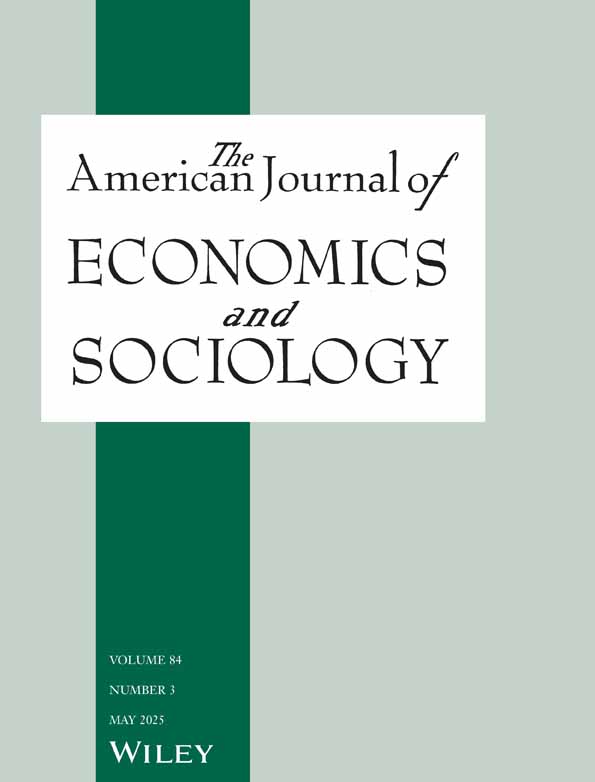Characteristics of Trade Networks in Countries Along the Belt and Road and Their Impact on Innovation Capacity
Funding: This work was supported by the Beijing Normal University, BNUZHXJC-36.
ABSTRACT
The construction of a closely connected trade network of countries along the Belt and Road (BR) is a key part of deepening regional economic cooperation. Based on the trade data of goods and services of the countries along the Belt and Road from 2007 to 2021, the research applies social network analysis to construct the goods and services network and analyze its evolution, characteristics, and impact on innovation activities. The study finds that: (1) The average trade distance in the trade network is gradually decreasing; the trade network is characterized by a clear “grouping” of countries, with the group of Southeast Asian countries being the most closely linked and the European countries being more efficient in terms of the effective scale and efficiency of their trade. (2) The centrality and effective scale of the trade network significantly promote innovation activities. The moderating effect suggests that the trade network more strongly promotes developing countries with lower levels of national institutional environment and informatization, while the level of corporate disclosure and technological spillovers play a positive moderating role. Heterogeneity analysis shows that countries in Asia and those with high levels of sentiment toward China are more likely to benefit from the innovation promotion effect, while countries with high levels of intellectual property protection may inhibit the development of innovation capacity. The findings of this research provide useful policy insights for exploring new paths to promote innovation activities in countries along the Belt and Road from the perspective of trade networks.
Conflicts of Interest
The authors declare no conflicts of interest.
Open Research
Data Availability Statement
Data are available on request from the authors. The data that support the findings of this study are available from the corresponding author upon reasonable request.




